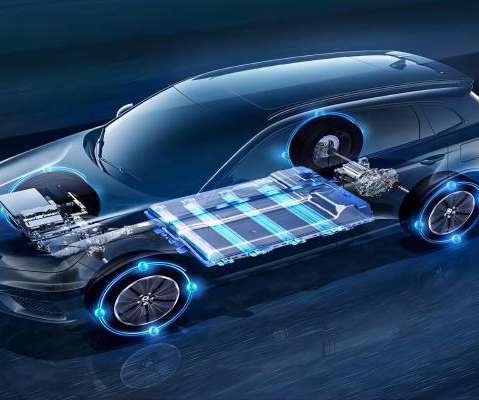Fraunhofer researchers develop new low-cost dry-film electrode production process
Green Car Congress
JUNE 7, 2019
BroadBit uses it to produce new types of sodium-ion batteries. First, they mix the active materials, intended later to release the stored energy, with additives to create a paste. In order to protect operators and the environment, elaborate precautions for occupational safety and reprocessing are necessary.















Let's personalize your content